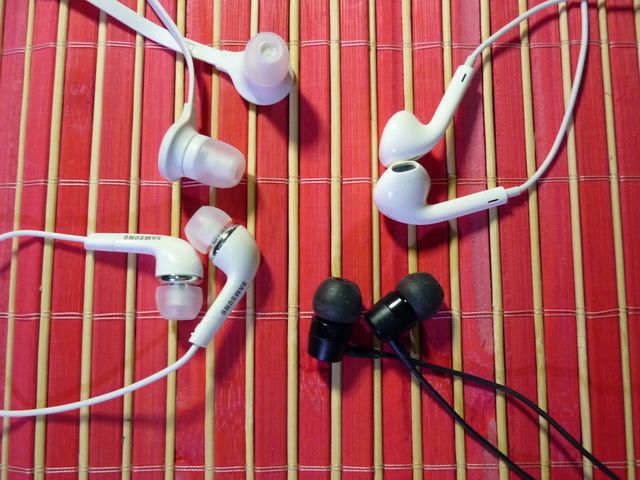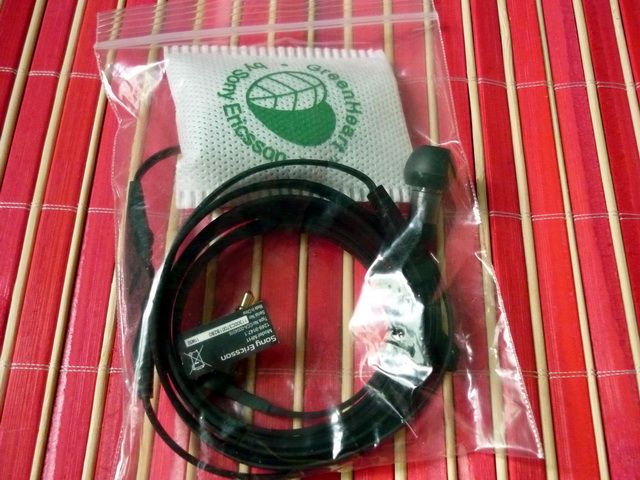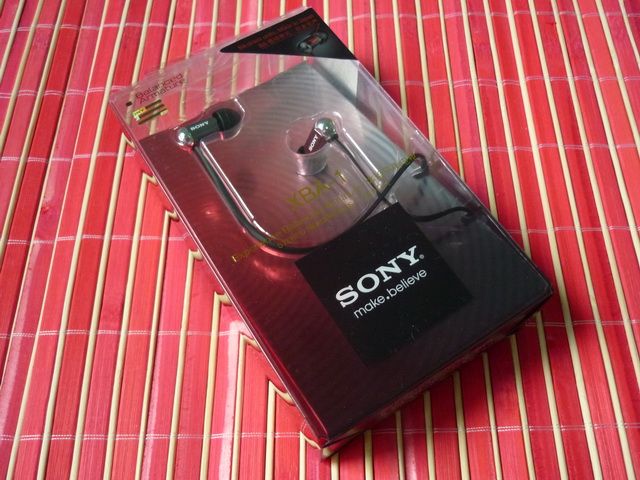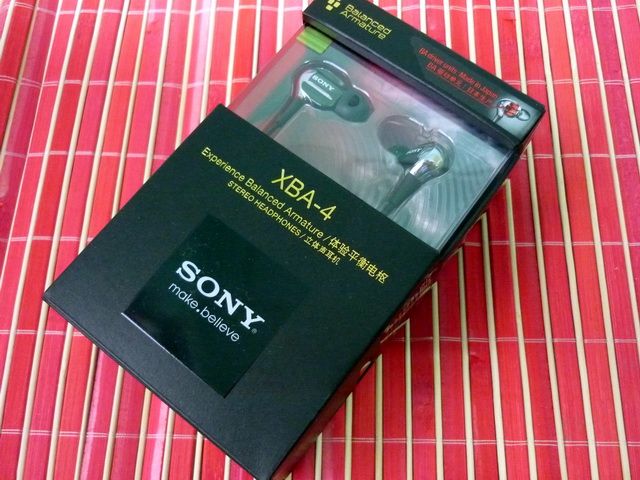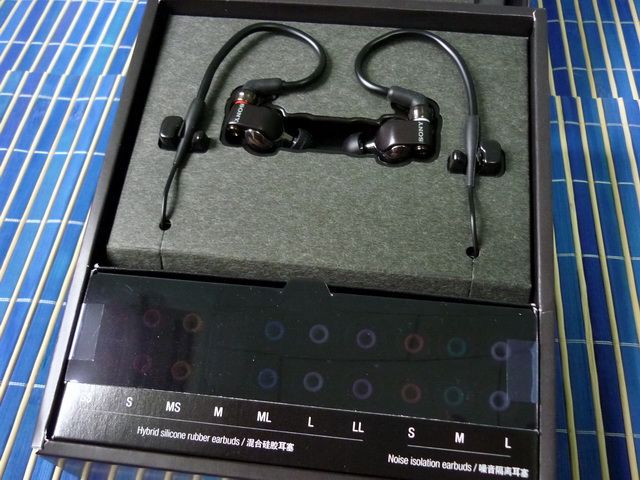A few months ago I was contacted by Sead Smailagic, who is working for Sony Mobile as an audio designer / engineer, regarding possible review of some of the products that he has helped to develop. One of which is the recently reviewed MH1. As he had tried to explain some of the background story and engineering theory about this headset, I thought it would be great for him, as a real person who are actually involved in the research and development of a real product, to come out from behind the scene and tell you the story himself as a contributing author of my blog. Without further ado, here it is:-
*This article is available in PDF format and can be downloaded here. Due to the limitation of the website, you are recommended to download the PDF copy for larger view of all the graphs
----------------------------------
[UPDATE Nov, 6th 2012]
----------------------------------


